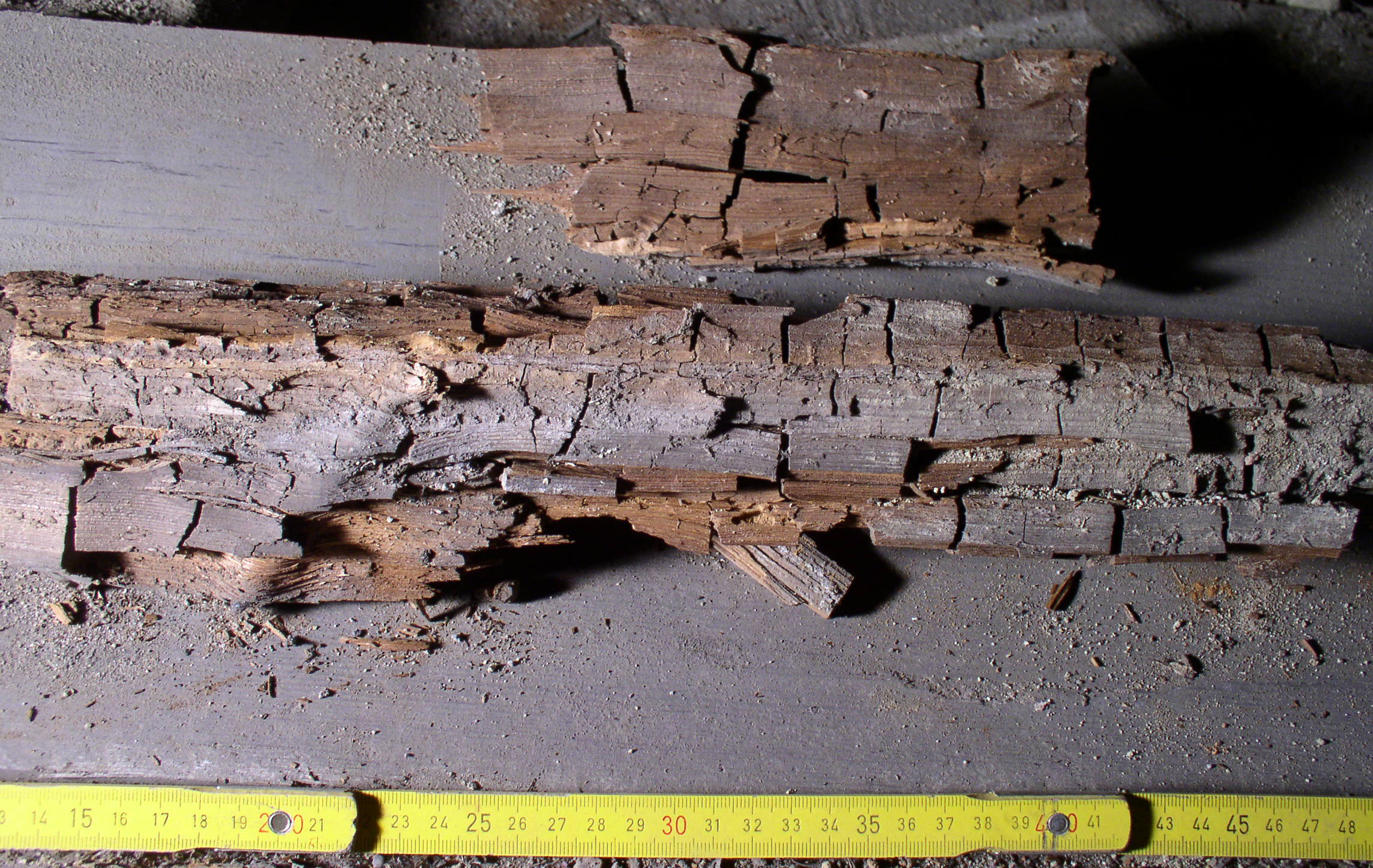|
Fomes Meliae
''Fomes meliae'' is a plant pathogen that causes wood rot on nectarine, peach and ''Platanus sp.'' (Sycamore). See also *List of Platanus diseases This article is a list of diseases of trees in the genus ''Platanus'' (plane trees, also known in North America as sycamores). Bacterial diseases Fungal diseases Miscellaneous diseases or disorders Nematodes, parasitic {, class="wikitab ... * List of peach and nectarine diseases References Fungi described in 1897 Fungal tree pathogens and diseases Stone fruit tree diseases Polyporaceae Taxa named by Lucien Marcus Underwood Fungus species {{Polyporales-stub ... [...More Info...] [...Related Items...] OR: [Wikipedia] [Google] [Baidu] |
William Alphonso Murrill
William Alphonso Murrill (October 13, 1869 – December 25, 1957) was an American mycologist, known for his contributions to the knowledge of the Agaricales and Polyporaceae. In 1904, he became the assistant Curator at the New York Botanical Garden (NYBG). He, along with the NYBG, founded the journal ''Mycologia'' and was its first editor for 16 years. Murrill was known to travel extensively to describe the mycota of Europe and the Americas. He traveled along the East Coast, Pacific Coast, Mexico and the Caribbean. Although Murrill was a very influential person at the NYBG, having worked his way up to become assistant director in 1908, his rather eccentric personality caused problems with his job. He went on annual collecting trips to Mexico, the Caribbean, Europe, and South America, sometimes, without informing any of his colleagues prior. These trips resulted in a cumulative total of 70,000 specimens, 1,400 of which are deposited in the NYBG.William Alphonso Murrill Records. ( ... [...More Info...] [...Related Items...] OR: [Wikipedia] [Google] [Baidu] |
Leif Ryvarden
Leif Randulff Ryvarden (born 9 August 1935) is a Norwegian mycologist. Early life and education Leif Ryvarden was born in Bergen as a son of Einar Norberg Johansen (1900–1959) and Hjørdis Randulff (1912–1975). He finished his secondary education at Berg in 1954 and took basic military education from 1957 to 1958 and in 1956 he changed his last name from Johansen to Ryvarden. He studied chemistry at the Norwegian Institute of Technology. In 1961 he ran for election as chairman of Student Society in Trondheim, albeit unsuccessfully. In 1963, he graduated with the siv.ing. degree , and later majored in botany at the University of Oslo, taking a cand.real. degree. He also studied in London from 1971 to 1972, a stay that sparked his interest in mycology. Academic career Ryvarden conducted field work in about eighty countries, mostly in a tropical environment. From 1965 to 1966, he was employed as research assistant at the Norwegian Institute of Technology, from 1966 to 1972 ... [...More Info...] [...Related Items...] OR: [Wikipedia] [Google] [Baidu] |
Plant Pathogen
Plant diseases are diseases in plants caused by pathogens (infectious organisms) and environmental conditions (physiological factors). Organisms that cause infectious disease include fungi, oomycetes, bacteria, viruses, viroids, virus-like organisms, phytoplasmas, protozoa, nematodes and parasitic plants. Not included are ectoparasites like insects, mites, vertebrates, or other pests that affect plant health by eating plant tissues and causing injury that may admit plant pathogens. The study of plant disease is called plant pathology. Plant pathogens Fungi Most phytopathogenic fungi are Ascomycetes or Basidiomycetes. They reproduce both sexually and asexually via the production of spores and other structures. Spores may be spread long distances by air or water, or they may be soil borne. Many soil inhabiting fungi are capable of living saprotrophically, carrying out the role of their life cycle in the soil. These are facultative saprotrophs. Fungal diseases ma ... [...More Info...] [...Related Items...] OR: [Wikipedia] [Google] [Baidu] |
Wood Rot
A wood-decay or xylophagous fungus is any species of fungus that digests moist wood, causing it to rot. Some species of wood-decay fungi attack dead wood, such as ''Serpula lacrymans'', and some, such as ''Armillaria'' (honey fungus), are parasitic and colonize living trees. Excessive moisture above the fibre saturation point in wood is required for fungal colonization and proliferation. In nature, this process causes the breakdown of complex molecules and leads to the return of nutrients to the soil. Wood-decay fungi consume wood in various ways; for example, some attack the carbohydrates in wood, and some others decay lignin. The rate of decay of wooden materials in various climates can be estimated by empirical models.Viitanen, T. et al. (2010). Towards modelling of decay risk of wooden materials. European Journal of Wood and Wood Products 68:303-313. Wood-decay fungi can be classified according to the type of decay that they cause. The best-known types are brown rot, soft r ... [...More Info...] [...Related Items...] OR: [Wikipedia] [Google] [Baidu] |
